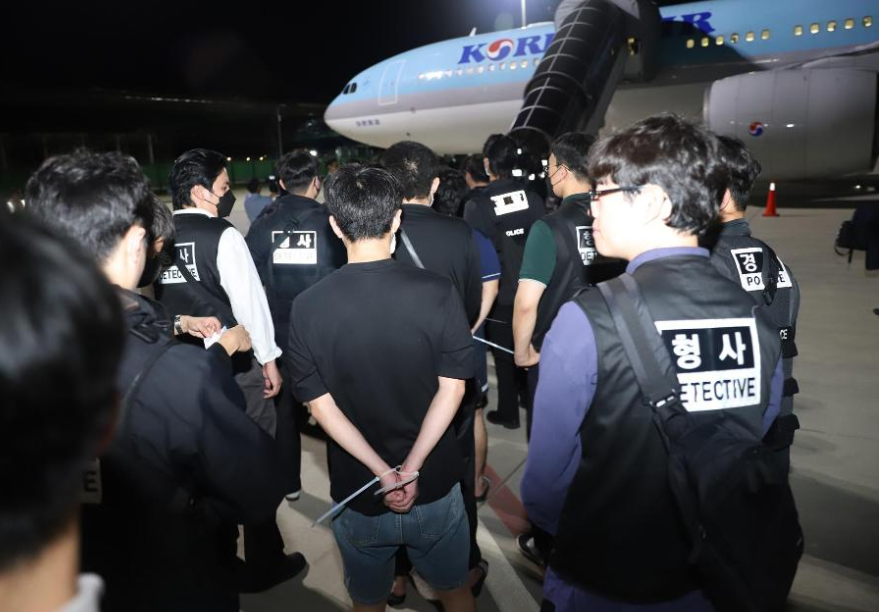
Recently, Samuel Paparo, commander of the U.S. Indo-Pacific Command, attended an event hosted by the Brookings Institution, a Washington think tank. When asked whether the two conflicts in Ukraine and the Middle East have hindered the U.S. military’s ability to respond to conflicts in the Indo-Pacific region, Paparo replied: “Until this year, most of the weapons used were actually artillery and short-range weapons. I once said ‘no (hindrance) at all.’ Now it is eating into the inventory. If you don’t admit it again, it would be dishonest.”
The Russian-Ukrainian conflict has lasted for 1,000 days. During this period, the United States has provided Ukraine with more than $60.4 billion in military aid, including three Patriot air defense systems and related missiles, more than 40 “High Mobility Artillery Rocket Systems” (also known as “HIMARS”) and supporting ammunition, and the longer-range “Army Tactical Missile System” (also known as ATACM), which was used for the first time to attack the Russian mainland on the 19th.
Paparo told the audience at the event that the United States provided or sold weapons and equipment to Ukraine and Israel, resulting in too few ammunition reserves for the United States itself. “We should replenish these stocks and then some,” Paparo said. “I have been dissatisfied with the depth of the ammunition depot for a long time. Now I am more dissatisfied with the depth of the ammunition depot.” The report said that the “depth of the depot” he mentioned refers to the amount of ammunition reserves.






